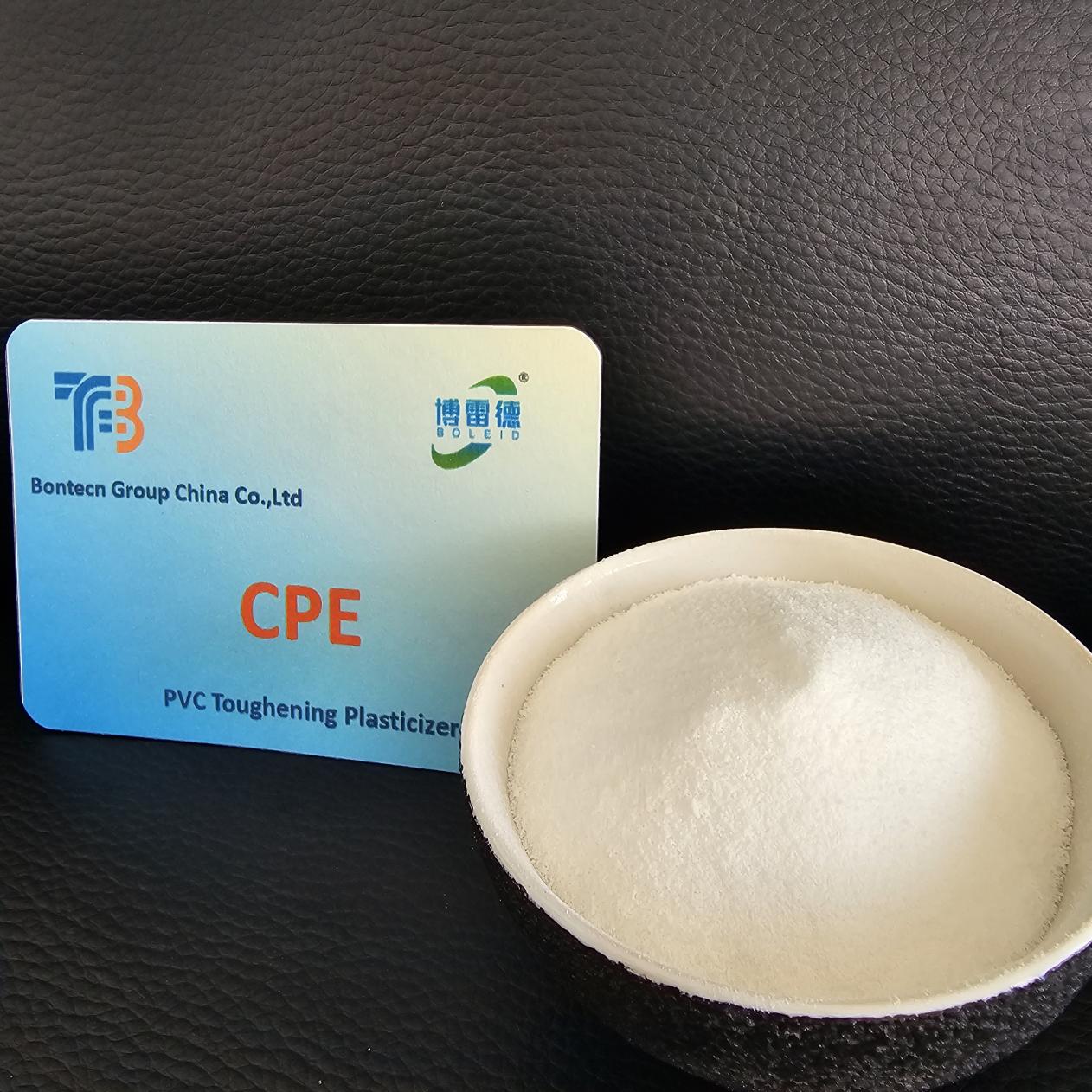Chlorinated polyethylene (CPE) is a chlorinated modification product of high-density polyethylene (HDPE). As a processing modifier for PVC, the chlorine content of CPE should be between 35-38%. Due to its excellent weather resistance, cold resistance, flame resistance, oil resistance, impact resistance (CPE is an elastomer), and chemical stability.
Chlorinated polyethylene (CPE) is a chlorinated modification product of high-density polyethylene (HDPE). As a processing modifier for PVC, the chlorine content of CPE should be between 35-38%. Due to its excellent weather resistance, cold resistance, flame resistance, oil resistance, impact resistance (CPE is an elastomer), and chemical stability, as well as its good compatibility with PVC, CPE has become the most commonly used impact toughening modifier in PVC processing.
1. Molecular Configuration of HDPE
Due to the different process conditions during the polymerization reaction of PE, there are certain differences in the molecular configuration and properties of its polymer HDPE. The properties of CPE after chlorination of HDPE with different properties also vary. CPE manufacturers must choose suitable HDPE special powder resins in order to produce qualified CPE resins.
2. Chlorination conditions, i.e. chlorination process
CPE, as a PVC processing modifier, is usually formed by chlorination reaction using aqueous suspension chlorination method. The key conditions of this chlorination process are light energy, initiator dosage, reaction pressure, reaction temperature, reaction time, and neutralization reaction conditions. The principle of PE chlorination is relatively simple, but the chlorination mechanism is more complex.
Due to the relatively small investment in equipment for producing CPE, many rudimentary small CPE production plants are already scattered throughout China. This not only causes pollution to the ecological environment, but also is one of the important reasons for the instability of CPE quality.
At present, there are a large number of low-quality CPE on the market. Generally, there are two types of low-quality CPE. One is due to some production plants not having the technical conditions and outdated chlorination processes. Another method is to mix a certain amount of calcium carbonate or talc powder in CPE to engage in unfair competition.
Post time: Jun-21-2024





